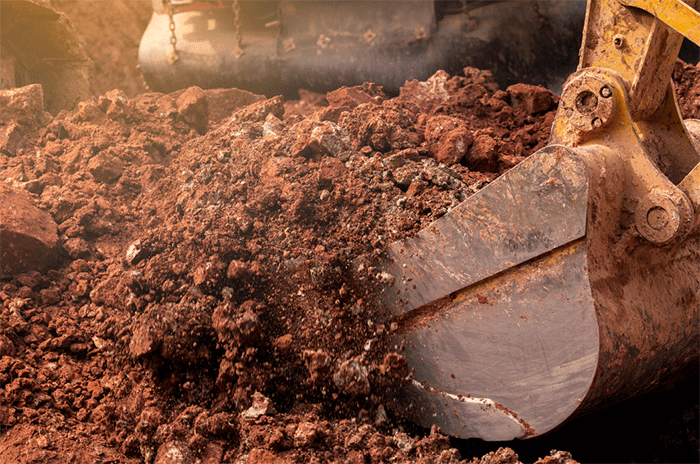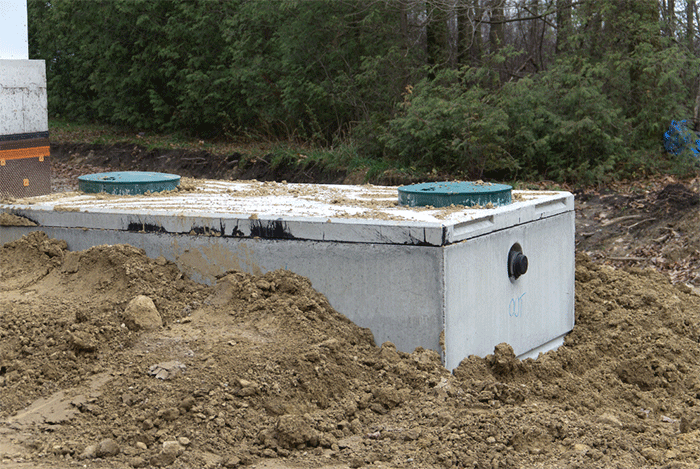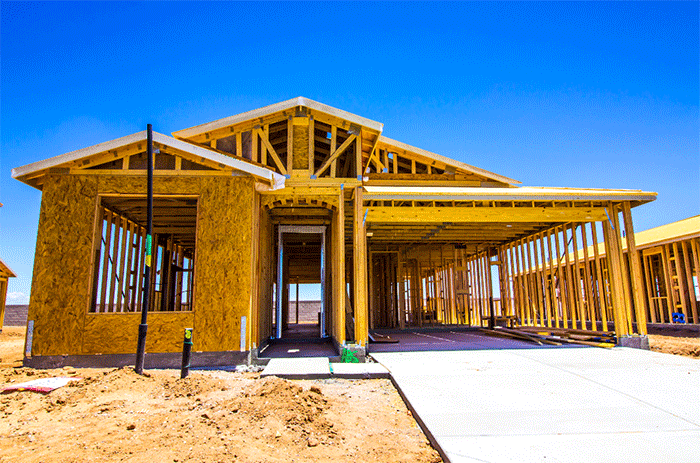
Understanding Soil Considerations for Septic Systems in North Carolina

Understanding Soil Considerations for Septic Systems in North Carolina

Understanding Soil Considerations for Septic Systems in North Carolina
North Carolina boasts a diverse array of soils, with over 400 different types across the state. This variety presents both opportunities and challenges for homeowners and developers, particularly when it comes to installing septic systems. Before purchasing a lot or embarking on a construction project, it’s essential to understand the soil conditions and obtain the necessary permits to ensure the suitability of the site for wastewater treatment.
When considering building on a lot in North Carolina, especially in rural areas where municipal sewer systems may not be available, obtaining an Improvement Permit (I.P.) is a critical first step. This permit is issued by the county health department following a comprehensive soil and site evaluation conducted by an environmental health specialist. The evaluation assesses the soil types, site topography, and other factors to determine the feasibility of installing a septic system. Without an I.P., obtaining a building permit may be challenging or impossible.
One key consideration in the evaluation process is the suitability of the soil for wastewater absorption. Clayey, slowly permeable soils require larger drainfields to absorb sewage effluent compared to sandy, permeable soils. Additionally, the size of the drainfield depends on factors such as the number of bedrooms in the house and the type of on-site system being installed. A larger tank and drainfield area are needed for homes with more bedrooms, while newer, advanced technologies may require smaller drainfield areas.
Furthermore, setback distances from wells, springs, streams, lakes, or other bodies of water must be adhered to, necessitating adequate land area for installation. It’s also essential to plan for the future by ensuring there is enough space for a replacement system, should it ever be needed. This replacement area, also known as a repair area, must meet the same soil and site requirements as the primary drainfield and should be left undisturbed for future use.
For those considering developing land for subdivision, hiring a licensed soil scientist to conduct preliminary evaluations is recommended. These professionals can advise on suitable soils, lot configurations, and potential challenges related to soil conditions. Conducting due diligence before investing in land can help avoid costly setbacks and ensure compliance with regulatory requirements.
Bottom line, understanding soil considerations is paramount when installing septic systems in North Carolina. By obtaining the necessary permits, conducting soil evaluations, and planning for future needs, homeowners and developers can ensure the long-term viability and sustainability of wastewater treatment systems. Working with knowledgeable professionals and adhering to best practices will help protect both property investments and the environment for
generations to come.
For more information about getting expert septic service for your business, please call M&M Septic Management at (910) 539-6274 or visit our website at https://mmlandscapemanagement.com. We are always ready to answer any questions you may have!
M&M Landscape Management | M&M Septic Management | Jacksonville NC | Onslow County NC | Pender County NC | Eastern North Carolina | Visit our ad at Topsail Coast Advertiser
Give M&M Landscape Management a call at (910) 539-6274 for more information about Landscape Management & Maintenance.
